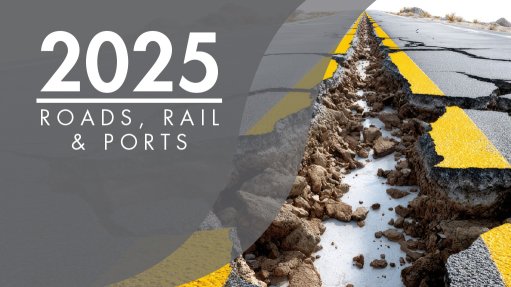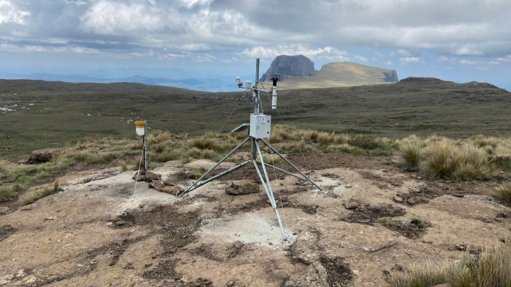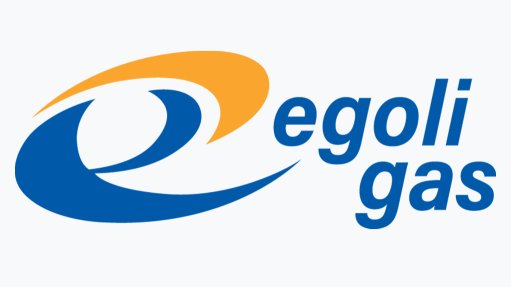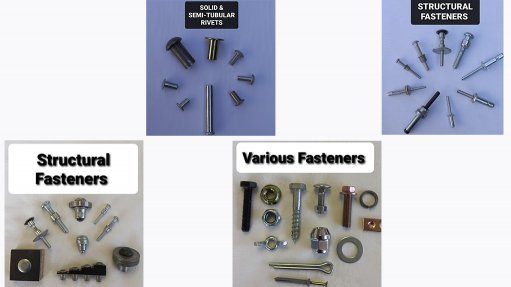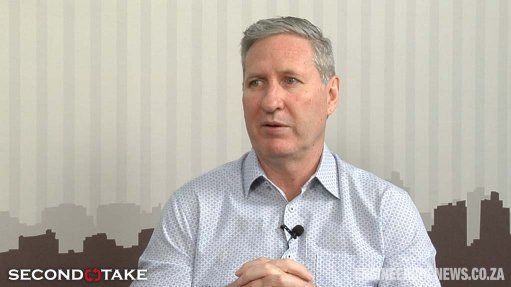Report highlights data gap preventing small businesses from accessing finance
The ‘South African MSME Access to Finance 2025’ report has showed that there is insufficient, and insufficiently granular, data on lending to small businesses, and South Africa should align with other international governmental organisation Organisation for Economic Cooperation and Development (OECD) countries' practices of publishing small business lending statistics.
“The first inaugural report was produced in 2018 and, within three years, we had requests to update the report because companies were using the statistics as indicators. It is not easy to find data on small businesses,” emphasised small business finance matching service company Finfind CEO Darlene Menzies on May 29 at the launch.
The purpose of the new report, which the partners aim to produce yearly, is to provide data on the small, medium-sized and microenterprise (SMME) market to understand the challenges and how they can be solved.
Formal microenterprises account for 86.5% of SMMEs applying for funding, and create 80.5% of the new jobs in the economy, but are the least likely to receive capital.
SMMEs in South Africa account for 40% of GDP and 60% of employment. The funding gap stands at R350-billion, the report stated.
“There is no shortage of funding. There is enough capital in South Africa. The supply and demand mismatch for SMME funding is not owing to a lack, but where it is targeted,” said Menzies.
SMMEs in South Africa with a turnover of less than R1-million a year were caught in a systematic blindspot. They were often assessed as consumers using credit risk models that did not reflect their business realities, said business intelligence systems company Experian South Africa chief strategy and innovation officer Jaco van Jaarsveldt.
This misalignment resulted in a lack of funding, compounded by fragmented business data regulation. To bridge this gap, tailored financial solutions were needed, as were broader open finance to enable secure data sharing that could support alternative credit scoring models, he said.
“The funding gap is as big as the data gap. International development finance lenders have no credit data on SMMEs in the country,” said Menzies.
Alternative lenders and fintech services companies leveraged bank statements and alternative data, but have to price in risk because they do not have a credit guarantee or collateral.
“We, therefore, need a data-centric model to bring the rates down and enable banks and development finance institutions (DFIs) to fund SMMEs. This can enable alternative data for credit scoring and be adopted for open finance.
“Lenders need a clear picture. However, business transaction and existing loan behaviour data are sitting in the hands of those companies holding the policies, meaning the model is data-holder-centred instead of data subject-centred. An open finance model can get this data into the hands of the lenders.”
Additionally, only 24.6% of small businesses used formal accounting systems, highlighting a persistent lack of funding readiness across the sector. This also meant that small businesses often struggled to correlate even basic financial data for funders, she said.
Banks and DFIs can partner with fintechs and use digital solutions to process loans and reduce the costs of smaller loans for SMMEs, the report recommended.
All OECD countries reported on lending to small businesses and provided granular data, said Menzies.
One of the recommendations of the report was that the banking sector reported to the South African Reserve Bank on lending to SMMEs to provide greater granulation and transparency, in line with OECD standards, she noted.
In 2003, members of the industry body the Banking Association South Africa (BASA) committed to providing R250-billion of funding to SMMEs and this target was reached in 18 months, said financial services firm African Bank Group CEO and BASA board member Kennedy Bungane.
This funding went mainly to large SMMEs, leaving the middle and bottom of the pyramid unserved.
“To achieve the change we seek, we need to bring in granularity and focus on where the meat is,” he said.
Menzies concurred, noting that transparency on whether the R250-billion went to 100 businesses or one-million businesses would help in scaling up financing to SMMEs.
“The US reports monthly on lending to small businesses, and it should serve as an economic gauge. It is good that BASA collects data from its members [on SMME lending], but we need this data in an open finance system and more frequently than once every three years,” she said in response to Bungane.
FUNDING NEEDS
The report showed that 38.7% of SMMEs request loans of less than R250 000, and 30.8% request loans between R250 000 and R1-million. Buying equipment at 21% of loan applications, business expansion at 16.1% and startup finance at 13% are the three most requested types of funding, accounting for more than 50% of SMME loan applications.
Further, cashflow assistance is one of the top two funding requests for businesses with a turnover of less than R1-million a year.
Fit-for-purpose funding solutions for SMMEs with a turnover of less than R1-million a year are needed, as are reforms to traditional risk assessment and credit scoring models used by banks and DFIs.
Additionally, there is a need to develop alternative assessment methods, incorporating alternative data scoring to create mechanisms to evaluate businesses that have limited documentation and credit history.
“SMMEs are the only way we will change employment saturation in the economy and bring down the high unemployment level. But the SMME sector is not doing great, and growth comes from the ability to fund a business,” said Menzies.
“We must be intentional and focus on funding SMMEs with turnovers of less than R1-million a year, and place in their hands tools for record keeping and business administration. If we are serious about job creation, then we must invest all efforts to support the businesses that are creating jobs.”
The report was produced by Finfind in partnership with Experian, Stellenbosch University’s Bureau for Economic Research, the International Finance Corporation and the Department of Small Business Development.
The report is available on African Bank's website and on accesstofinancereport.co.za
Article Enquiry
Email Article
Save Article
Feedback
To advertise email advertising@creamermedia.co.za or click here
Comments
Press Office
Announcements
What's On
Subscribe to improve your user experience...
Option 1 (equivalent of R125 a month):
Receive a weekly copy of Creamer Media's Engineering News & Mining Weekly magazine
(print copy for those in South Africa and e-magazine for those outside of South Africa)
Receive daily email newsletters
Access to full search results
Access archive of magazine back copies
Access to Projects in Progress
Access to ONE Research Report of your choice in PDF format
Option 2 (equivalent of R375 a month):
All benefits from Option 1
PLUS
Access to Creamer Media's Research Channel Africa for ALL Research Reports, in PDF format, on various industrial and mining sectors
including Electricity; Water; Energy Transition; Hydrogen; Roads, Rail and Ports; Coal; Gold; Platinum; Battery Metals; etc.
Already a subscriber?
Forgotten your password?
Receive weekly copy of Creamer Media's Engineering News & Mining Weekly magazine (print copy for those in South Africa and e-magazine for those outside of South Africa)
➕
Recieve daily email newsletters
➕
Access to full search results
➕
Access archive of magazine back copies
➕
Access to Projects in Progress
➕
Access to ONE Research Report of your choice in PDF format
RESEARCH CHANNEL AFRICA
R4500 (equivalent of R375 a month)
SUBSCRIBEAll benefits from Option 1
➕
Access to Creamer Media's Research Channel Africa for ALL Research Reports on various industrial and mining sectors, in PDF format, including on:
Electricity
➕
Water
➕
Energy Transition
➕
Hydrogen
➕
Roads, Rail and Ports
➕
Coal
➕
Gold
➕
Platinum
➕
Battery Metals
➕
etc.
Receive all benefits from Option 1 or Option 2 delivered to numerous people at your company
➕
Multiple User names and Passwords for simultaneous log-ins
➕
Intranet integration access to all in your organisation





